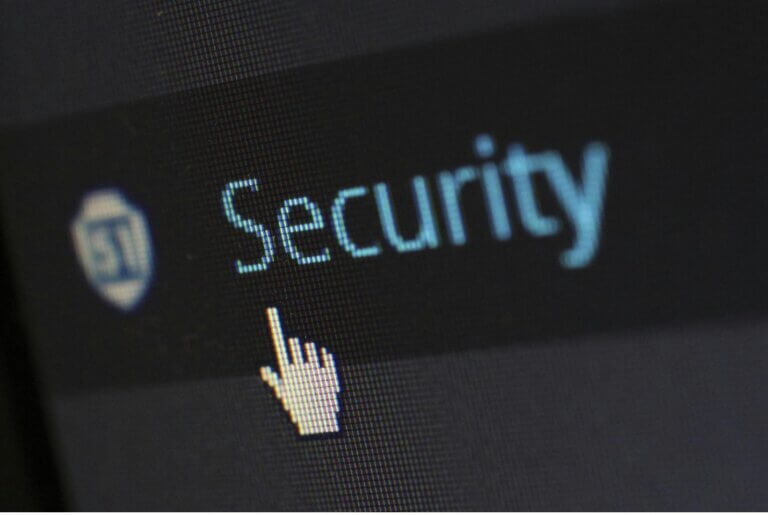In today’s interconnected world, the importance of cybersecurity cannot be overstated. As we increasingly rely on digital platforms for communication, business transactions, and customer enquiries, the need to protect ourselves from cyber threats has become paramount.
For most businesses having their website hacked or bank accounts compromised would bring operations to a standstill. All businesses must ensure they minimise the risk of downtime by regularly reviewing their security as new and emerging threats arise.
Below is a checklist you can use as a prompt to review these areas and adjust as required. This is a general guide only and we recommend consulting with an IT cyber-security specialist for recommendations tailored to your business.
- Password Management:
- Use strong, unique passwords for each account.
- Implement two-factor authentication (2FA) whenever possible.
- Regularly update and change passwords.
- Use password management software to help you create and securely store these passwords
- Software Updates:
- Keep operating systems, software, and applications up to date.
- Enable automatic updates for better protection against vulnerabilities.
- Limit the number of applications you use and ensure they are always patched to the latest version.
- Firewall Protection:
- Install and activate a reliable firewall on all devices.
- Regularly review and update firewall settings to enhance security.
- Antivirus and Anti-Malware Solutions:
- Install reputable antivirus and anti-malware software.
- Schedule regular scans and update virus definitions.
- Data Encryption:
- Use encryption for sensitive data, both in transit and at rest.
- Implement HTTPS for websites, especially if handling personal or financial information.
- Email Security:
- Be cautious with email attachments and links.
- Use spam filters and employ email encryption for sensitive communications.
- If unsure, delete the email and contact the sender directly to verify.
- Secure Wi-Fi Practices:
- Change default router login credentials.
- Enable WPA3 encryption for Wi-Fi networks.
- Use VPN where appropriate
- Regularly update router firmware.
- Regular Backups:
- Backup critical data regularly to an external, secure location.
- Test data restoration procedures to ensure backups are functional.
- Employee Training:
- Educate yourself and employees about cybersecurity best practices.
- Conduct regular training sessions to keep everyone informed about new threats.
- Cyber security policy
- Develop a comprehensive cyber security policy
- Regularly review and update the plan to address emerging threats.
- Access Control:
- Implement the principle of least privilege for user access.
- Regularly review and update user access permissions.
- Use a non-admin account for daily use
- Mobile Device Security:
- Set up secure access methods on mobile devices.
- Install security software and enable remote wiping in case of loss or theft.
By following this cybersecurity checklist, you can reduce the risk of falling victim to cyber threats. Cybersecurity is an ongoing effort, and staying vigilant against evolving threats is crucial. Regularly review and update your security practices to stay one step ahead of potential risks and protect your digital presence in an increasingly interconnected world.


